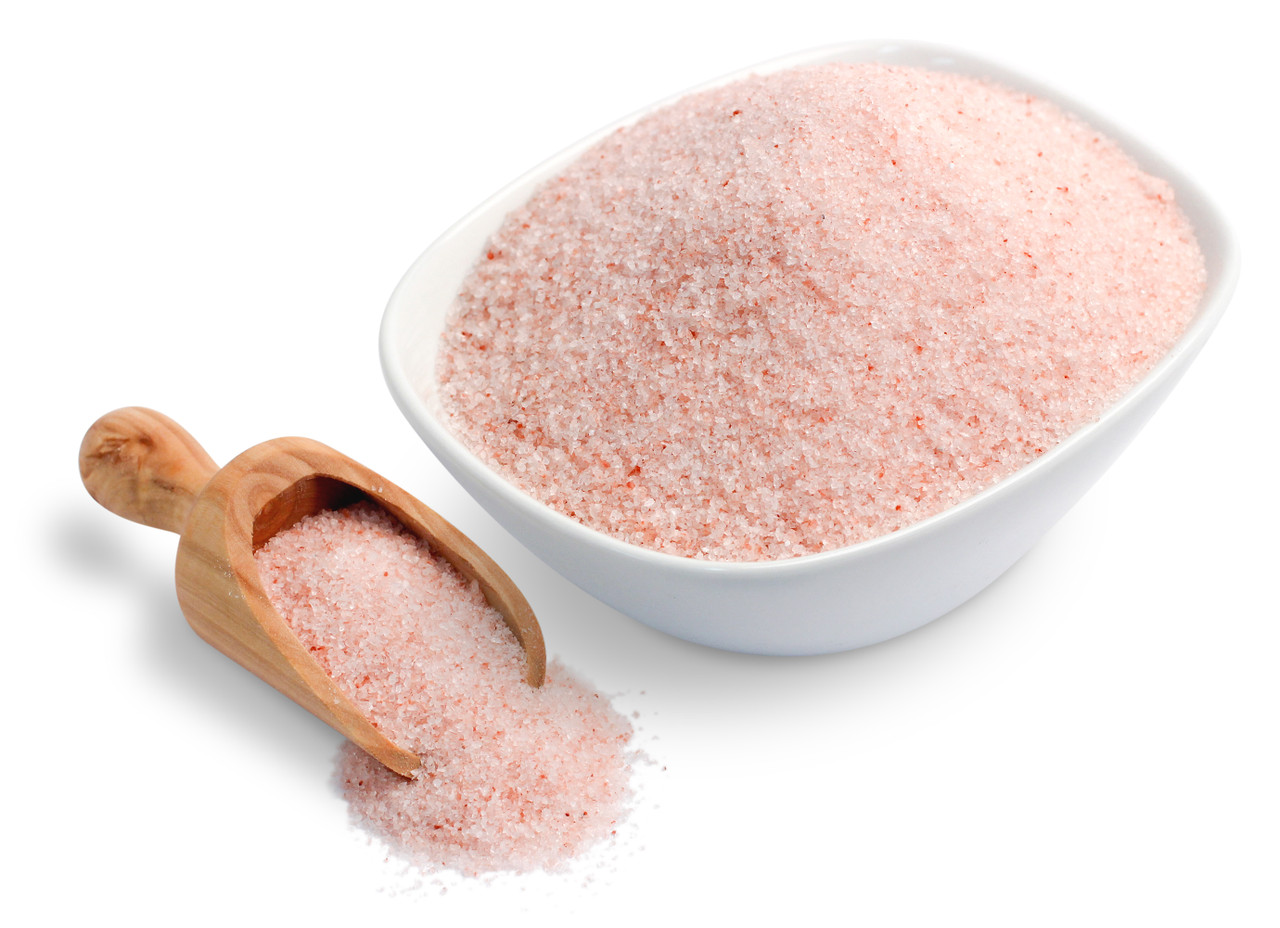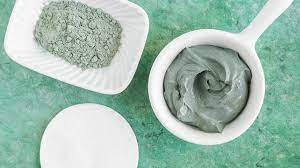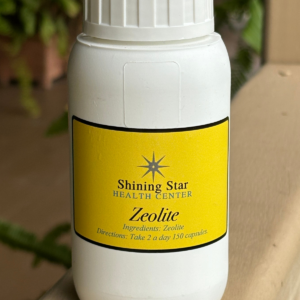Himalayan Salt is a type of rock salt harvested from ancient sea salt deposits found in the Himalayas, particularly in Pakistan. It’s often celebrated for its purity, rich mineral content, and health benefits, making it a popular choice not only for cooking but also for wellness practices. Himalayan salt is typically pink or rose-colored due to its iron oxide content, giving it a unique and appealing look.
Key Features and Benefits of Himalayan Salt:
Rich Mineral Content: Himalayan salt is said to contain over 80 minerals and trace elements, including calcium, magnesium, potassium, iron, and zinc. These minerals contribute to the salt’s unique flavor and potential health benefits.
Natural & Unrefined: Unlike regular table salt, which is highly processed and often contains added chemicals (like anti-caking agents), Himalayan salt is generally unrefined and untreated, making it more natural.
Electrolyte Balance: The minerals found in Himalayan salt can help support electrolyte balance, which is important for hydration, muscle function, and nerve signaling.
Supports Hydration: When consumed in moderation, the minerals in Himalayan salt can help maintain fluid balance, which is essential for proper hydration, especially after intense physical activity or during periods of high heat.
Detoxification: Some believe that Himalayan salt has detoxifying properties. It’s thought to help flush out toxins and promote improved circulation by aiding the body’s natural processes.
Respiratory Health (Salt Therapy): Himalayan salt is sometimes used in salt therapy (halotherapy), which involves inhaling salt-infused air in a controlled environment (like salt caves or salt rooms). Some people believe this can help with conditions like asthma, bronchitis, and allergies.
Supports Healthy Skin: Himalayan salt scrubs are popular for exfoliating the skin, removing dead skin cells, and promoting smoother, healthier skin. The minerals in the salt may also help balance oil production and reduce inflammation.





